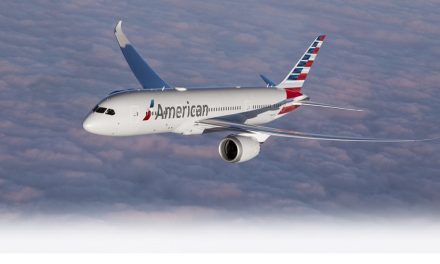
US Congress grills TSA on air cargo screening progress
US lawmakers have called on the country’s Transport Security Administration to do more to prioritise the screening of high-risk air cargo, rather than treating all air cargo equally. Congressman Mike Rogers said today that screening all air cargo in the same way “distracts us from the real threats” while also disrupting trade.
Rogers chairs the transport security subcommittee of the House Committee on Homeland Security, which began a series of hearings today looking into the state of air cargo security.
The hearings over the next several months are expected to feed in to the development of new legislation to improve US air cargo security, in the wake of last October’s discovery of explosives in the mail stream on flights destined for the United States.
Since August 2010, there has been requirements in place for 100% of the cargo on domestic and international outbound passenger aircraft to be screened on a piece-by-piece basis.
Screening systems for inbound cargo are also being put in place, with the TSA now proposing to bring forward a deadline by two years for 100% of inbound cargo to be screened.
At present, the very highest-risk air cargo is not allowed on passenger flights, and must travel on cargo-only aircraft.
The Republican Congressman from Alabama said today that the TSA could not treat a package dropped off by an unknown individual in a country known to be a “hotbed of terrorism” in the same way as cargo sent by trusted businesses or shippers.
He said: “TSA, in partnership with industry and its foreign partners, must focus its resources on the cargo that has been deemed to be the highest risk cargo in order to get ahead of the next attempted attack.”
“Complex Challenges”
The House subcommittee heard testimony today from TSA official John Sammon and also from Stephen Lord, the director of homeland security and justice issues at the Government Accountability Office.
Both bore witness to the difficulties that the TSA and industry faces in complying with the 100% screening requirements, particularly for inbound cargo.
The TSA wants to set the 100% screening deadline for inbound cargo as early as December 2011, and is currently in the process of consulting industry on the deadline.
Sammon, the assistant administrator for transportation sector network management at the TSA, said that despite the progress made so far “complex challenges” remain.
He said: “Many air carriers, including a high number of wide-body operators, are already at or close to 100% screening of air cargo inbound to the US. However, we recognize that closing the final gap poses some operational challenges for airlines.”
One of the key difficulties the TSA faces is the lack of authority to inspect shipments overseas, along with other regulatory headaches like mail treaties that prevent suspicious mail bags from being opened in interim countries.
Among efforts to improve things, Sammon said a system was being set up whereby Authorized Representatives would be able to perform screening on air carriers’ behalf.
“Authorized Representatives will allow for cargo to be screened by entities such as freight forwarders, operating under the airline program, enabling them to screen the cargo at various points in the supply chain,” said the TSA official.
Canine detection
The increasing use of technology was highlighted as playing an important part of screening efforts, not least by the subcommittee’s ranking member, Texas Congresswoman Sheila Jackson Lee.
However, Congressman Rogers stated his belief that sniffer dogs were a particularly effective method of screening cargo, and that deployment of more canine detection teams would mean freeing up resources elsewhere.
Sammon said in his evidence that canines are now screening around 17% of air cargo – more than 53m pounds of cargo each month – at airline facilities in 20 major air cargo gateway cities in the US.
The TSA is now working to test out a program to use private-sector canine teams to help boost its screening efforts, in a pilot launched last month and set to continue through to the summer of 2011.
In his testimony, GAO official Stephen Lord warned that the TSA currently has no way to verify data from air cargo screenings.
He stated the belief that around 80% of inbound air cargo is now being screened, but that along with the 100% of outbound cargo being screened, doubt could creep in that the screening is being carried out to TSA standards if data from air carriers and certified cargo screeners cannot be verified.
Lord said: “We continue to believe that verifying the accuracy of the screening data is important so that TSA will be better positioned to provide reasonable assurance that screening is being conducted at reported levels.”












